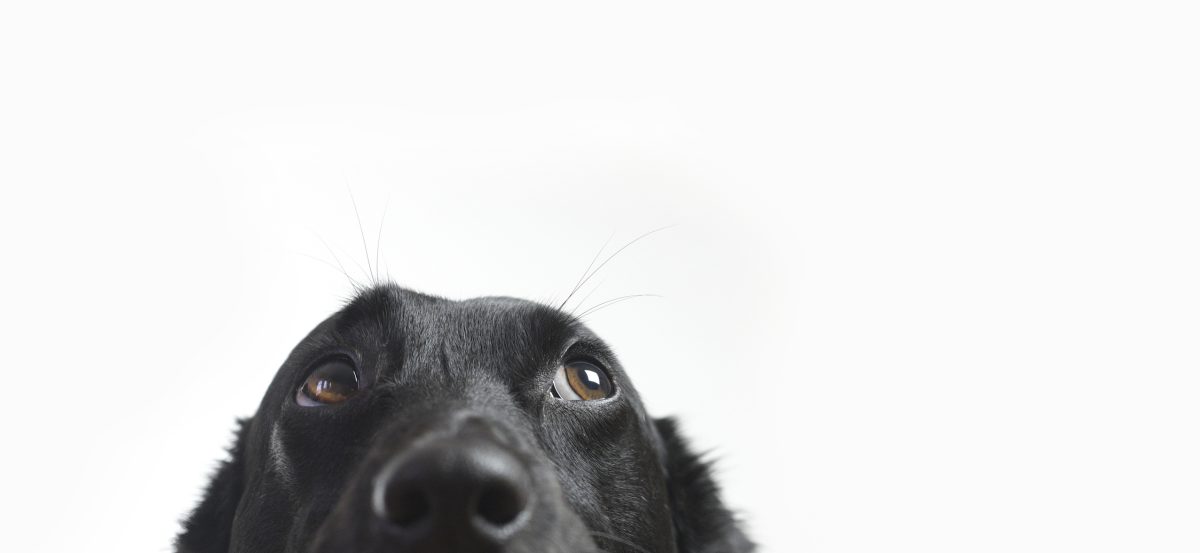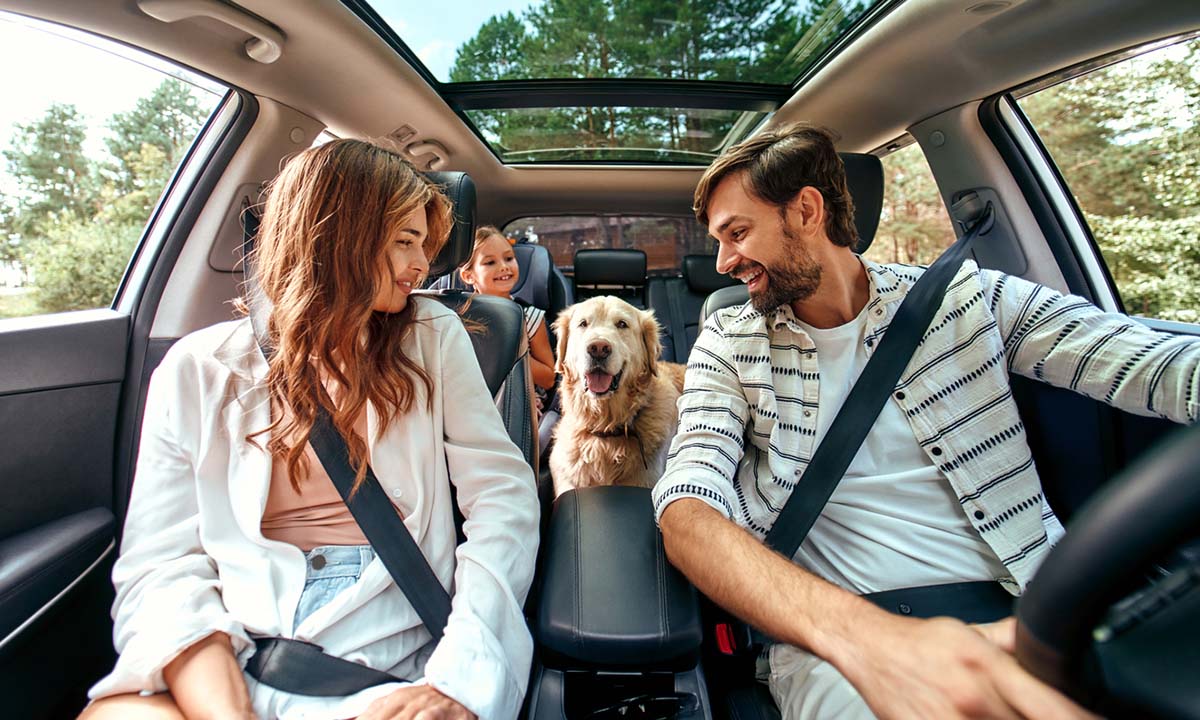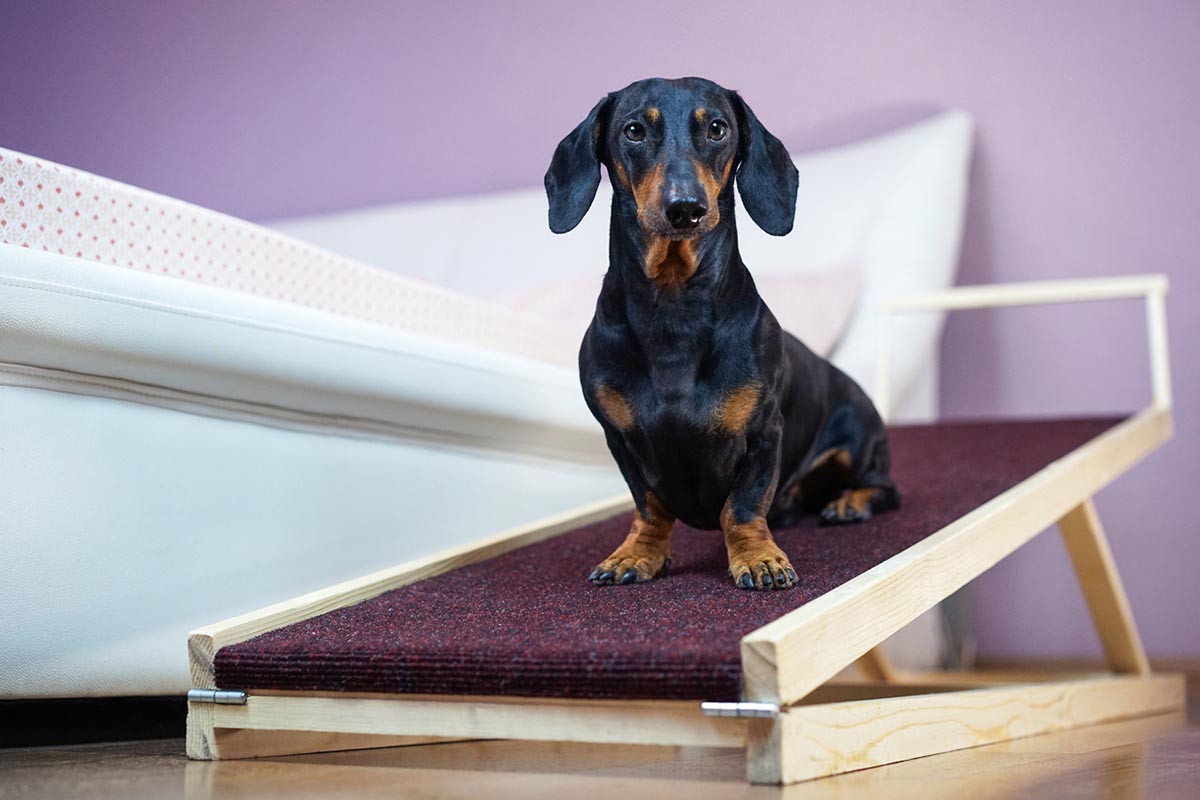5 Fun Facts About Your Dog’s Pee
While it may not be the most glamorous topic, understanding your dog's pee can be a valuable window into their health and behavior.
Dog pee. It’s a fact of life for dog owners, and while it may not be the most glamorous topic, understanding your dog’s urine can be a valuable window into their health and behavior. This blog post will delve into the world of dog pee, covering everything from potty training woes to potential health concerns.
First Thing’s First: Why Does My Dog Pee?
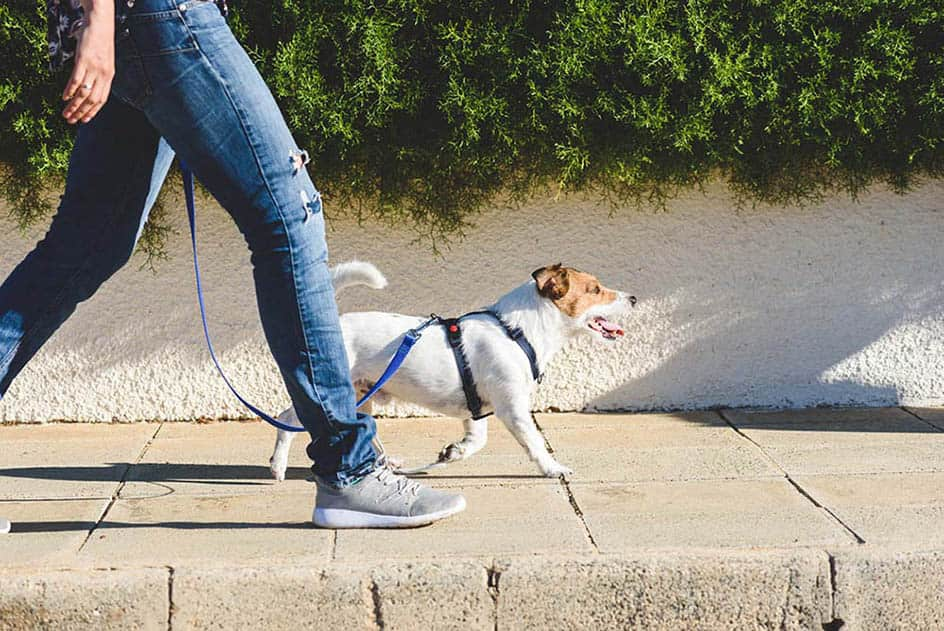
There are two main reasons why dogs pee: elimination and communication.
- Elimination: Simply put, peeing is how dogs expel waste from their bodies. A healthy dog’s urine is typically yellow and clear, although color and concentration can vary depending on factors like hydration and diet.
- Communication: Dogs also use pee as a way to communicate. This is most commonly seen in male dogs who will lift their leg and leave small amounts of urine on vertical surfaces. This is called “urine marking” and is a way for dogs to claim territory and advertise their presence to other dogs.
1. Peeing Postures and What They Mean
The way your dog pees can sometimes offer clues about their emotional state. Ever wonder, “Why is my dog peeing like that?” Here’s a breakdown of some common postures:
- Squatting: Dog squats. This is the most common posture for both male and female dogs and simply indicates elimination.
- Leg lifting: AKA the “fire hydrant” move in Pilates. Why do dogs lift their leg to pee? It’s primarily seen in male dogs that have reached sexual maturity. It’s a marking behavior when the hind leg is lifted.
- Submissive urination: This is submissive dog behavior. A dog may urinate a small amount in response to feeling scared or threatened. They may crouch low to the ground with their tail tucked between their legs.
2. Peeing and Napoleon Syndrome in Little Dogs
Have you ever noticed that small dogs seem to try to lift their legs as high as possible when relieving themselves? Smaller dogs really hike that leg up at quite an angle—sometimes to the point of almost toppling over! Turns out, there’s a reason for that.
A study published in the Journal of Zoology found that smaller male dogs tend to pee at a higher angle to appear larger than their actual size. Researchers at Cornell University noted that this may be a way for small dog breeds to “exaggerate their competitive ability” relative to larger dogs.
3. Bees love it
You read that right. While flies prefer dog feces to urine, bees prefer pee. Bees may linger around your dog’s favorite pee spot to take in the sweet salty minerals in your dog’s urine puddle.
4. 50% of dogs don’t care which leg they lift
A 2017 study found that 50% of male dogs don’t have a preference for which leg they raise when peeing.
5. It’s responsible for those yellow spots on your lawn
Your dog’s pee contains a high amount of nitrogen. While nitrogen acts like a fertilizer, promoting lush green growth, when concentrated in a small area, it can overwhelm and kill the grass.
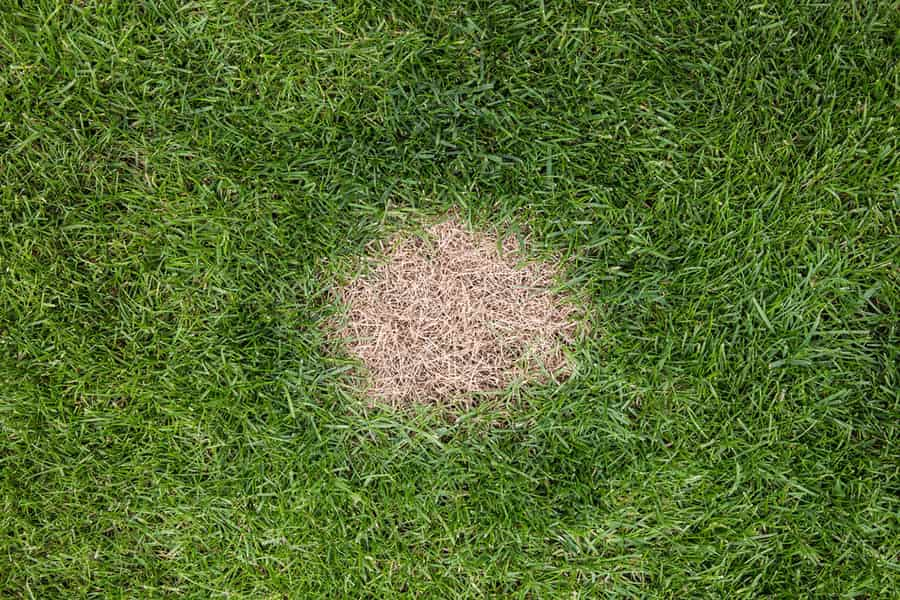
Potty Training and House Training
House training, or potty training, is an essential part of puppyhood. Most puppies can begin potty training around four months old. The key principles involve consistent routines, positive reinforcement, and using a designated potty spot. There are many resources available online and from veterinarians (DVM) to help pet parents potty train their pup.
If you’ve adopted an adult dog who isn’t house-trained, don’t despair! Adult dogs can still be potty trained using similar methods to puppies. However, there may be underlying reasons why the dog isn’t house-trained, such as a urinary tract infection (UTI), Addison’s disease, Cushing’s, or other health issues or behavioral issues. Consulting with a veterinarian, dog trainer, or animal behaviorist can be helpful in these cases.
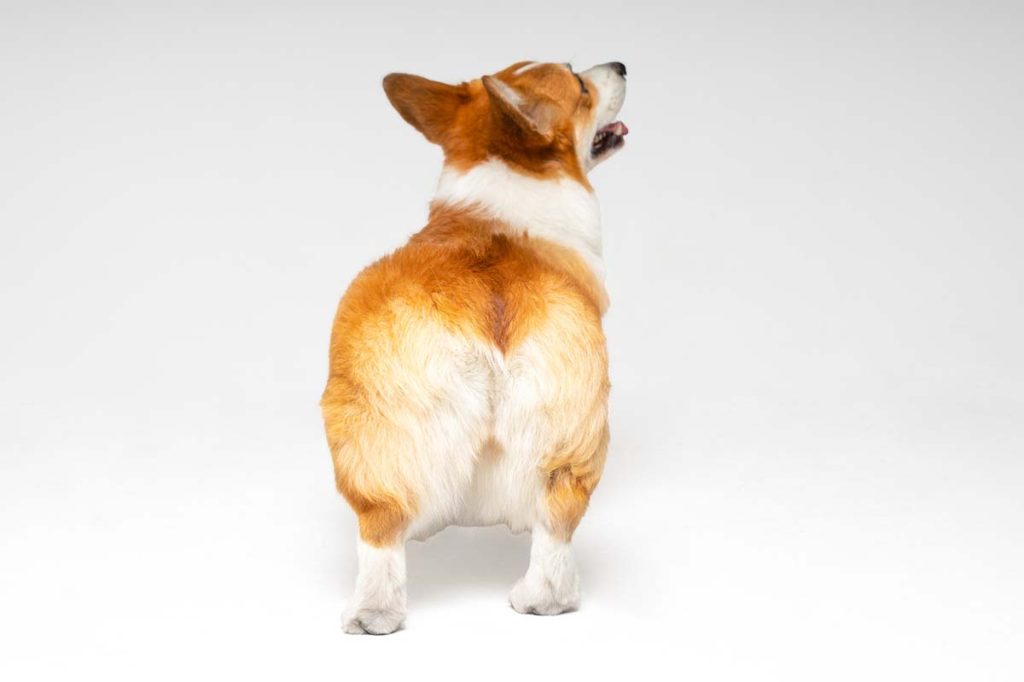
Urine Odor and Clean Up
Let’s face it, dog pee doesn’t exactly smell like roses. Here are some tips for cleaning up dog pee accidents:
- Act quickly: The sooner you clean up the mess, the easier it will be to remove the odor.
- Blot, don’t rub: Rubbing can spread the urine and make the odor worse. Use paper towels or a clean, absorbent cloth to blot up as much urine as possible.
- Enzymatic cleaner: These cleaners contain enzymes that break down the proteins and other components in dog urine, eliminating the odor at its source.
When to See a DVM
While peeing is a normal part of a dog’s life, there are situations that warrant a visit to the vet. Here are some signs pet owners should watch for:
- Changes in urination habits: Is your pooch peeing more frequently or less frequently than usual? Are they straining to urinate or producing smaller amounts of urine? These could be signs of a UTI, bladder stones, or other health problems.
- Blood in the urine: This is always a cause for concern and should be checked by a veterinarian.
- Urinary incontinence: This is the inability to control urination and can be caused by a variety of factors, including age, medical conditions like kidney disease, and neurological problems.
- Excessive urine odor: A strong ammonia-like odor in your dog’s urine could indicate a bladder infection or other health problems.
